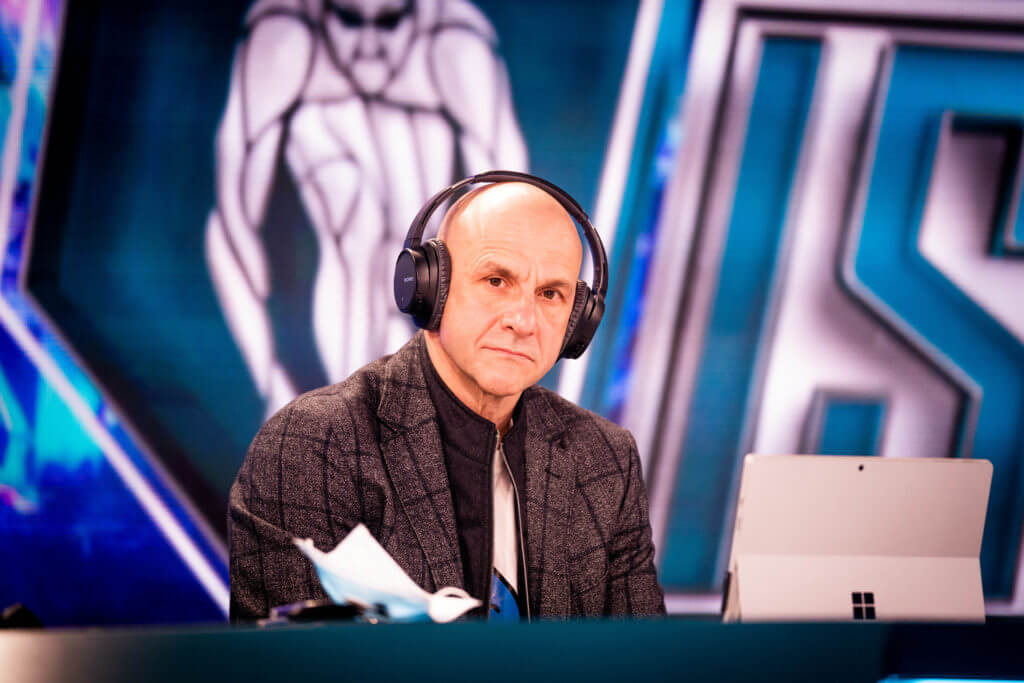ISL Founder Konstantin Grigorishin Has Assets Seized By Ukrainian Government: Reports

ISL Founder Konstantin Grigorishin Has Assets Seized By Ukrainian Government: Reports
International Swimming League (ISL) founder Konstantin Grigorishin has had assets seized by the Ukrainian government, Ukrainian media has reported.
Grigorishin was one of four businessmen – along with Ihor Kolomoisky, Kostyantyn Zhevago and Viacheslav Bohuslaiev – to have companies taken into state ownership, epravda.com.ua reported.
Invoking special provisions under martial law which was imposed in March following Russia’s invasion of Ukraine, it was decided at a meeting on November 5 with President Volodmyr Zelensky that five businesses – “strategically important enterprises” – associated with the quartet were to be seized.
Oleksiy Danilov, the secretary of the National Security and Defense Council, stated it was carried out “in connection with military necessity” adding that the assets “acquired the status of military property…and their management was transferred to the Ministry of Defence.”
Grigorishin’s company Zaporizhtransformator – an industrial power transformer producer – was seized with the assets to be returned to their owners or their value reimbursed following the end of martial law.
Grigorishin founded the ISL in 2019 with the first season concluding in Las Vegas with much promise and optimism of what was to come. However, it was soon beset by accusations of unpaid wages from swimmers and ISL employees including from Adam Peaty in December 2021.
Season Four was canceled in March 2022 following the invasion of Ukraine, although it hoped to return in 2023 which seems highly unlikely. During its run, the ISL provided additional racing opportunities in a short-course meters format to athletes around the world, with competition featuring several world-record performances.




the ISL was failed by its marketability. There are few people on the planet as divested in this sport as I am, and I had a difficult time following the meets. it was difficult to tell who was who during races, splits weren’t displayed, and outside of the top finisher, times were difficult to come by. head to head meets would have been more fun and easy to watch. there was also limited commentary on how the points were earned and the scoring as the meet went on.